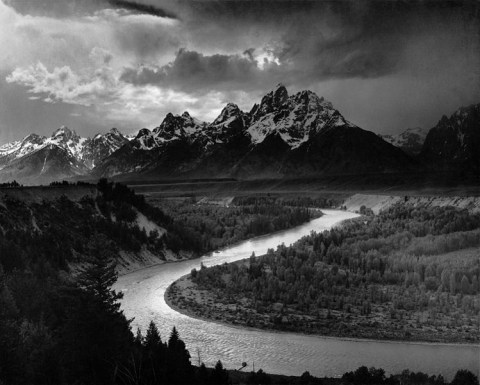Location 1: Big Picture
Location: El Camino del Mar
San Francisco
Location 2: Detail
Location: American Cupcake
Union Street, San Francisco
Location 3: Big Picture
Location: Legion of Honor
San Francisco
Location 3: Detail
Location: Legion of Honor
San Francisco
Location 3: Interior
Location: Legion of Honor
San Francisco








-730284.jpg)



